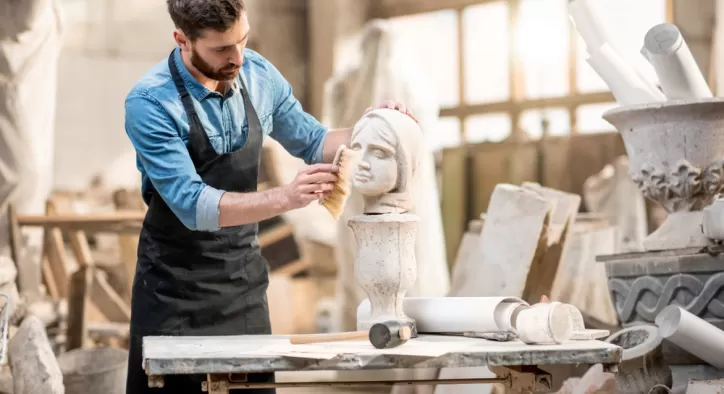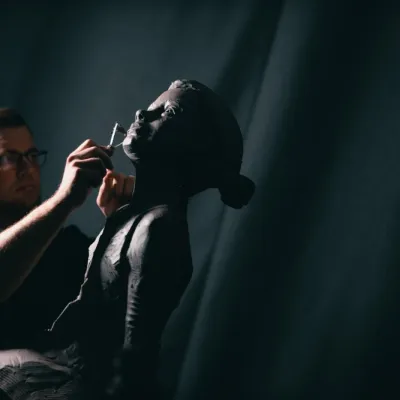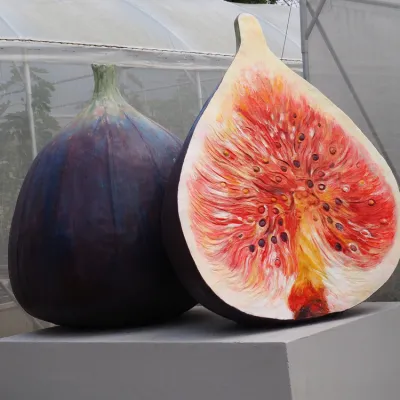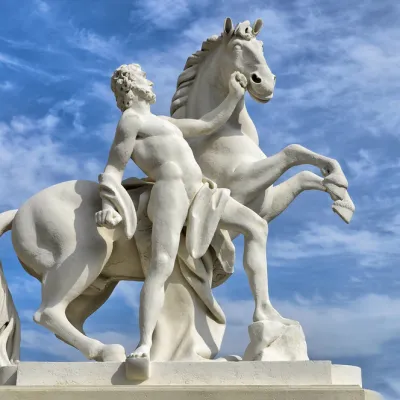- Konu Başlıkları
- Sculpture Production Stages: The Creative Process Where Art Finds Shape
- Sculpture Process: Sculpture Production in 7 Steps
- 1. Formation of Sculpture Design - Stages of Sculpture
- 2. Making the Model of the Sculpture - Stages of Sculpture
- 3. Mold Making - Stages of Sculpture
- 4. Material Selection and Preparation - Stages of Sculpture
- 5. Casting the Sculpture - Stages of Sculpture
- 6. Final Processing Stages of the Sculpture - Stages of Sculpture
- 7. Assembly and Placement of the Sculpture - Stages of Sculpture
- Sculpture Making Materials: Their Role in Sculpture Production Stages
- 1. Marble and Stones - steps to making sculpture
- 2. Bronze and Metal Materials - steps to making sculpture
- 3. Wood - steps to making sculpture
- 4. Clay and Plastic Materials - steps to making sculpture
- 5. Concrete and Other Artificial Materials - steps to making sculpture
- We Use the Best Materials in Sculpture Making!
Sculpture Production Stages: The Creative Process Where Art Finds Shape
Sculpture, as one of the oldest and most impressive forms of art, is a way of expressing emotions, thoughts and stories through shape and form. The stages of making a sculpture are a complex process where the artist embodies his/her intellectual world and labor and creativity come together. However, this process is a critical step not only for artists but also for large companies. Companies that produce sculptures bring aesthetic and functional sculptures to life by following the sculpture process correctly. Especially large sculptures have an important place in large projects and the materials used in the production process play a role at least as big as the design itself.
[widget-133]
Sculpture Process: Sculpture Production in 7 Steps
Sculpture production stages are the basic steps of a long journey that brings this art to life. In this article, you will delve into the depths of sculpture production and discover how each stage takes shape and how the materials used guide this process. This process, which touches every detail of art, is of critical importance for both artists and large companies. Now, let's examine the sculpture process in depth.
1. Formation of Sculpture Design - Stages of Sculpture
The first step in the sculpture process is the design process. This stage begins with determining all the features of the sculpture, as well as revealing what the artist of the project aims for. In the design stage, factors such as the dimensions of the sculpture, its stance, the sculpture materials to be used and the completion time of the work to be done are taken into consideration. This stage is very important in the sculpture production stages of large companies because design constitutes the most basic stones of the production process. The design process usually begins with hand drawings, computer-aided design (CAD) or modeling programs. This guides the production stages of the sculpture.
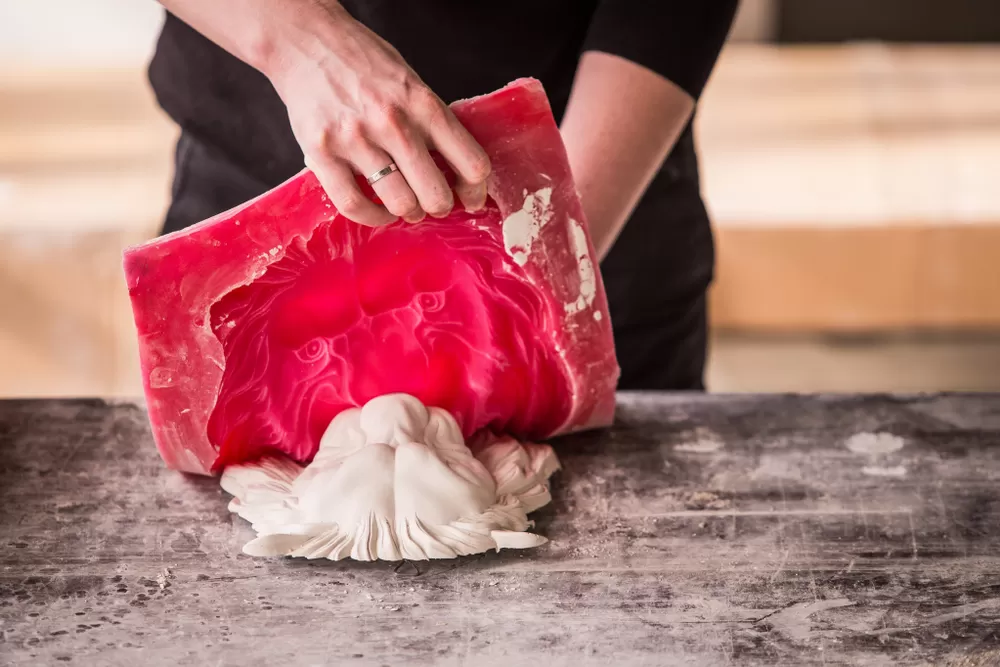
2. Making the Model of the Sculpture - Stages of Sculpture
The next step in the sculpture production stages is the modeling process. The model is a three-dimensional representation of the sculpture's design. In sculpture production made with traditional methods, modeling is usually done using clay, plaster or similar materials. This stage ensures that the shape and details of the sculpture become clear. The dimensions and structure of the model must be completely compatible with the original drawings in the design. The sculpture materials used in this process may vary depending on the style of the sculpture. For example, preparing a model for bronze sculpture production requires a different technique than other materials.
3. Mold Making - Stages of Sculpture
After the model is completed, another stage of sculpture production, mold making, is started. Molding is a method used to reproduce the sculpture in the desired material. In this stage, a mold is created on the model with various materials (e.g. plaster, silicone, rubber). The mold must be prepared very carefully to give a result exactly like the original model of the sculpture. Mold making usually plays a critical role in the production stages of large sculptures because this stage ensures that the results closest to the final form of the sculpture are obtained.
4. Material Selection and Preparation - Stages of Sculpture
Choosing the right material for sculpture production is very important. The material used in each of the sculpture production stages directly affects the final appearance and durability of the work. The most commonly used sculpture materials include marble, bronze, copper, stone, wood, clay and concrete. Each of these materials has different properties and each requires different workmanship during the production process. For example, bronze sculpture process that requires a casting stage, and this is different from production with other materials. The right choice of material ensures that the sculpture is successful both visually and structurally.
5. Casting the Sculpture - Stages of Sculpture
After the mold is ready, the materials used for the production of the sculpture are poured into the mold. The casting process ensures that the material is liquidized and poured into the mold, giving the sculpture its final shape. Casting, heating and melting processes are required in metals such as bronze and aluminum. This stage is a technique frequently used, especially in the production stages of large sculptures. The most important factor to be considered during the casting process is that the material is evenly distributed in the mold and the details of the sculpture are clearly visible.
6. Final Processing Stages of the Sculpture - Stages of Sculpture
After the casting of the sculpture is completed, the roughness and deficiencies on the sculpture's surface are eliminated. This stage ensures that the sculpture reaches its final state. The roughness on the sculpture's surface is corrected by sanding or hand workmanship. At the same time, the desired patina effect or paint applications of the sculpture are also made by sculpture manufacturers at this stage. For example, in the production of bronze sculptures, the natural patina obtained by oxidation provides the work with an aged and timeless appearance.
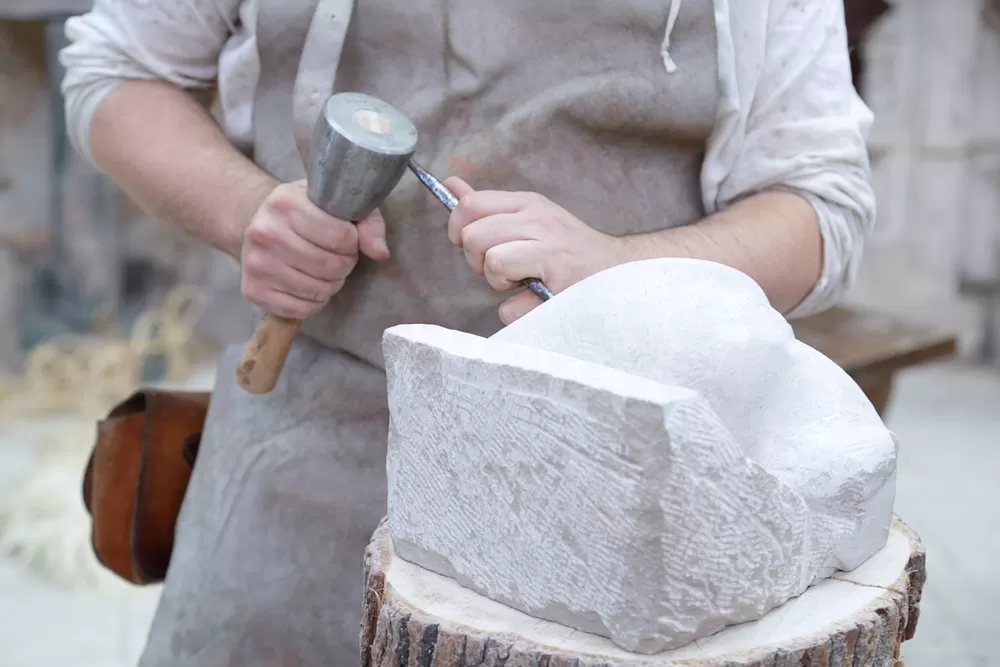
7. Assembly and Placement of the Sculpture - Stages of Sculpture
Finally, as the last step of the sculpture production stages, the sculpture assembly and placement are performed. This includes the process of transporting and fixing the sculpture to the area where it will be placed. Especially for large sculptures, careful planning should be done during transportation and placement. The protection and safety of the sculpture should also be considered at this stage.
Sculpture Making Materials: Their Role in Sculpture Production Stages
The materials used throughout the sculpture process directly affect the final shape and aesthetics of the work. Each of the sculpture production stages can be completed successfully by selecting and using the right materials. Sculpture production materials may vary depending on the preference of the artist or company, the size and stance of the sculpture, and the conditions of the environment in which it will be made. Since different materials have different techniques and workmanship requirements, each material has a separate importance in sculpture production.
1. Marble and Stones - steps to making sculpture
Marble has been one of the most frequently preferred materials in sculpture process throughout history. Marble, which ensures that the sculpture is solid, durable and aesthetic, is especially used in classical sculpture production. Marble is the most workable stone among stones, so it is often used in sculptures that require detailed and fine workmanship. During the sculpture making stages, it is important to examine the natural structure of the stone because the hardness and texture of the stone can affect the workmanship process. Marble sculpture production requires meticulous sanding and polishing processes. In addition to marble, other stones such as granite or limestone are also among the sculpture making materials.
2. Bronze and Metal Materials - steps to making sculpture
Another popular material in the sculpture making stages is bronze and other types of metals. Metal sculptures are produced with the casting technique and are generally preferred in large-scale sculptures. Bronze can oxidize and gain a natural patina, which makes the sculpture more durable. Bronze sculpture production is carried out with the casting process after the mold making stage. The materials used in the metal sculpture production stages must be heat-resistant and strong, so metals such as steel, copper, and aluminum are generally preferred. In addition to bronze, modern metals such as stainless steel are also an important option in terms of aesthetics.
3. Wood - steps to making sculpture
While wood is among the traditional sculpture making materials, it is especially preferred in organic and abstract sculptures with its natural texture and warm appearance. Wood can be processed by hand in the sculpture process and can be shaped into the desired shape. The processing of wooden sculptures requires careful cutting, carving and sanding. The tools and techniques used in these stages allow the details of the sculpture to emerge. Wooden sculptures are usually used in interior spaces or sculpture parks, but special varnishing processes can be applied to protect the wood in exterior spaces.
4. Clay and Plastic Materials - steps to making sculpture
In the early stages of sculpture making, materials such as clay are often used, especially if modeling is to be done. Clay is an excellent modeling material as it can easily take shape and allows details to become clear. Clay is especially preferred in the preparation of prototypes because the first draft of the sculpture can be shaped with this material. Plastic is also among the sculpture making materials because it can be cast in various shapes and hardens quickly. Plastic is one of the preferred materials in modern sculpture making, especially because it provides short production times and cost advantages.
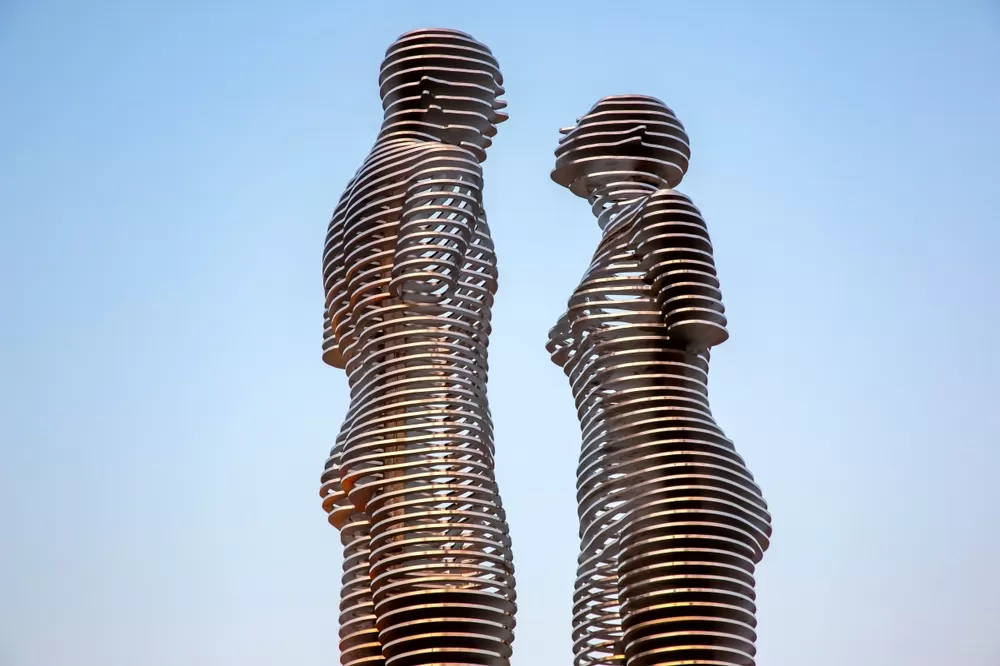
5. Concrete and Other Artificial Materials - steps to making sculpture
Concrete is a strong and durable material, especially preferred in large sculpture production stages. Concrete sculpture production is generally used in large-scale projects carried out outdoors. The processing of concrete should be done with the right mold techniques because concrete can easily take shape and complex forms can be created with molds. In addition to being durable, concrete sculptures gain a natural patina over time, allowing the sculpture to have a more aesthetic appearance.
[widget-134]
We Use the Best Materials in Sculpture Making!
Since each sculpture making material requires different workmanship, the selection of materials used during the sculpture process is very important. Choosing the right material ensures that the sculpture is not only visual but also long-lasting and durable. For this reason, large companies meticulously plan each stage and correctly select the materials used in sculpture production to present their works of art in the best way.
Sculpture production stages are a process that requires detailed planning, correct material selection and great effort, far beyond creating a work of art. For large companies, sculpture production requires careful workmanship at every stage and technical knowledge that best reflects the artist's imagination. By selecting the right sculpture making materials at every step, the visual and structural integrity of the sculpture is ensured. This process ensures that the sculpture is aesthetically impressive and has a solid structure.
Large companies like Erlas produce perfect works that combine art and engineering by meticulously working down to the finest details in sculpture process.

